
The International Maritime Organization (IMO) formally approved a proposal for a new global pricing mechanism for ships based on greenhouse gas fuel intensity (GFI) thresholds at the 83rd session of the Marine Environment Protection Committee (MEPC), held on April 7-11.
Named the IMO Net-zero Framework, it is the first in the world to combine mandatory emissions limits and greenhouse gas (GHG) pricing across an entire industry sector.
If formally adopted at an extraordinary MEPC session in October 2025, the measures could enter into force in 2027, 16 months after adoption (in line with MARPOL articles).
Requirement to reduce greenhouse gas fuel intensity (GFI)
Under the draft regulations, ships over 5,000 gt will be required to reduce, over time, their annual greenhouse gas fuel intensity (GFI), measured as the amount of well-to-wake GHG emissions produced per unit of energy consumed, expressed in grams of CO₂ equivalent per megajoule (gCO₂e/MJ) of fuel energy.
| GHG Fuel Intensity (gCO₂e/MJ) = |
|
This metric, which also includes wind propulsion, solar power and electricity delivered to the ship, reflects how efficiently a vessel uses its energy relative to the emissions it produces.
Two tiers of GFI reduction requirements
There will be two tiers of GFI reduction requirements that ships will be required to meet each year: a minimum 'Base Target' and a stricter 'Direct Compliance Target'. These yearly reduction targets are against the 93.3 gCO₂e/MJ baseline GFI figure established by the IMO, which represents the global fleet-average GFI in the baseline year, 2008.
| IMO GFI reduction targets (%) | ||
|---|---|---|
| Year | Base (%) | Direct Compliance (%) |
| 2028 | 4 | 17 |
| 2029 | 6 | 19 |
| 2030 | 8 | 21 |
| 2031 | 12.4 | 25.4 |
| 2032 | 16.8 | 29.8 |
| 2033 | 21.2 | 34.2 |
| 2034 | 25.6 | 38.6 |
| 2035 | 30 | 43 |
| 2040 | 65 | |
| IMO GFI targets (gCO₂e/MJ) — from 93.3 gCO₂e/MJ baseline | ||
|---|---|---|
| Year | Base | Direct Compliance |
| 2028 | 89.57 | 77.44 |
| 2029 | 87.70 | 75.57 |
| 2030 | 85.84 | 73.71 |
| 2031 | 81.73 | 69.60 |
| 2032 | 77.63 | 65.50 |
| 2033 | 73.52 | 61.39 |
| 2034 | 69.42 | 57.29 |
| 2035 | 65.31 | 53.18 |
| 2040 | 32.66 | |
If the Base or Direct Compliance targets are not met in a given year, then ships will be required to pay Remedial Unit (RU) charges, expressed in US$ per tonne of CO₂ equivalent emissions (CO₂e).
The SUs received by a ship, which are valid for two years, can be transferred to other vessels with a compliance deficit or used for subsequent reporting periods.
It seems likely, as with other carbon pricing systems with tiered penalties, that Tier 1 SUs will be able to be used to cover both Tier 1 and Tier 2 compliance deficits, whilst Tier 2 SUs will be restricted to Tier 2 compliance deficits only.
ZNZ fuels, proceeds and five-year review
To qualify as a ship using zero or near-zero (ZNZ) emission fuels and receive a subsidy or reward, the threshold has been set at 19 gCO₂e/MJ until 2034 and 14 gCO₂e/MJ from 2035. The full mechanism is yet to be developed.
Proceeds collected from RU charges are to be placed into the IMO Net-Zero Fund, which IMO says will be used to reward emissions reduction; support innovation, research and infrastructure; fund training, technology transfer and capacity building; and mitigate negative impacts on vulnerable states, amongst other initiatives.
The IMO Net-Zero Framework will be included in a new Chapter 5 of MARPOL Annex VI, Prevention of Air Pollution from Ships. It is to be reviewed every five years — where possible adjustments to the GFI thresholds will be examined as well as the potential inclusion of vessels below 5,000 gt.
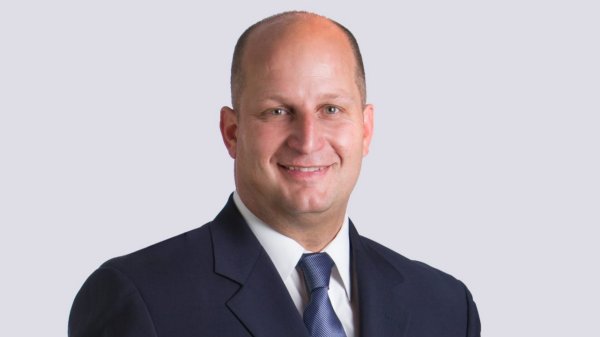
|
Michael Cammarata appointed managing director of Glander International Bunkering's Florida office
Cammarata succeeds Larry Messina, who will step down after 34 years in the role. |
|
|
|
||
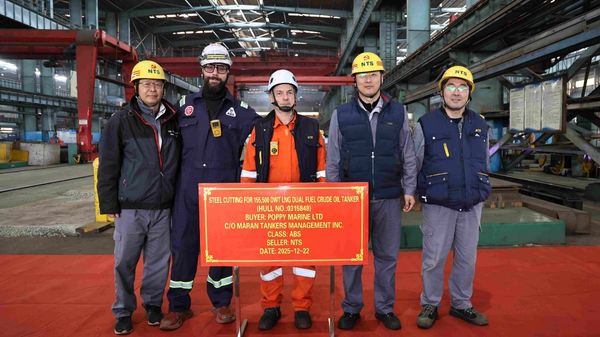
|
Steel cutting begins on LNG dual-fuel Aframax tanker
Chinese yard cuts steel for 155,500-dwt crude carrier. |
|
|
|
||
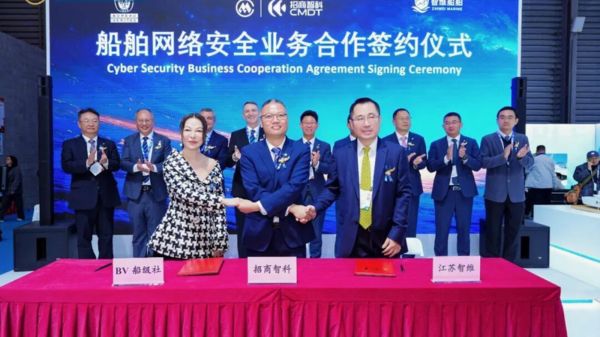
|
Bureau Veritas and CMHI sign agreements to advance green and smart shipping solutions
Classification society and Chinese shipbuilder strengthen partnership with cybersecurity and alternative fuel certifications. |
|
|
|
||
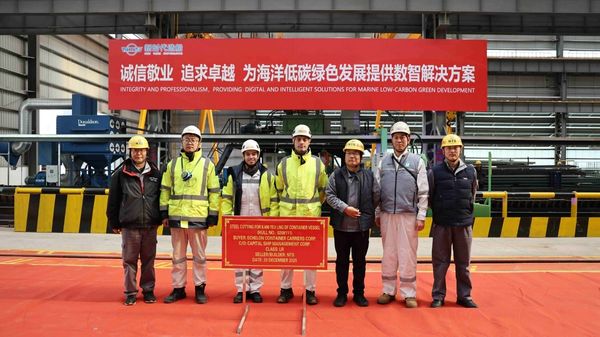
|
Steel cutting begins on 8,400-teu LNG dual-fuel container vessel
Chinese yard commences construction on LNG-powered container ship with Lloyd's Register oversight. |
|
|
|
||
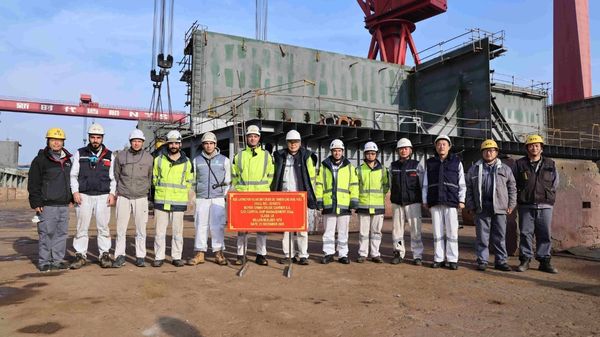
|
Keel laid for LNG dual-fuel crude oil tanker in China
Ceremony held on 23 December for LNG-capable tanker under Lloyd’s Register class. |
|
|
|
||
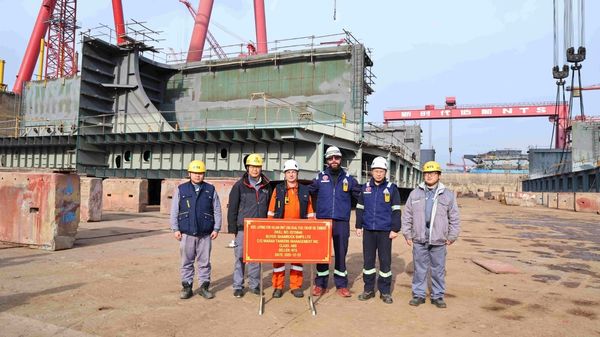
|
Keel laid for 155,500-dwt LNG dual-fuel crude oil tanker
Chinese shipyard begins construction on Suezmax tanker, with Maran and ABS staff in attendance. |
|
|
|
||
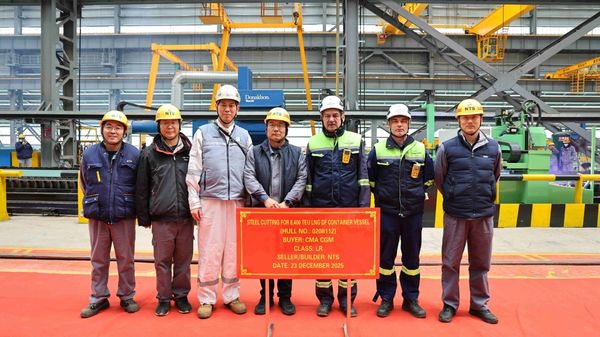
|
New Times Shipbuilding begins steel cutting on 8,400-teu LNG dual-fuel boxship
Chinese shipyard begins construction on vessel for CMA CGM with Lloyd's Register classification oversight. |
|
|
|
||
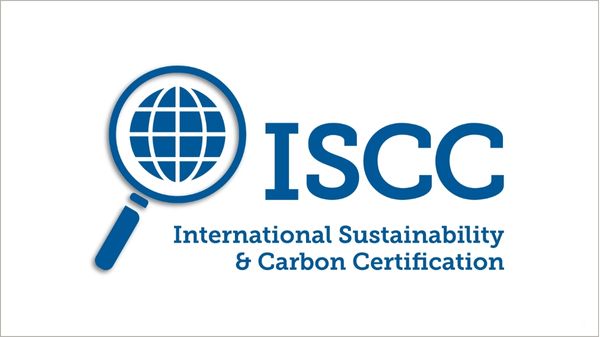
|
Golden Island secures ISCC EU certification for sustainable marine fuel trading
Singapore-based firm can now supply B100 biodiesel and green methanol with verified sustainability proofs. |
|
|
|
||
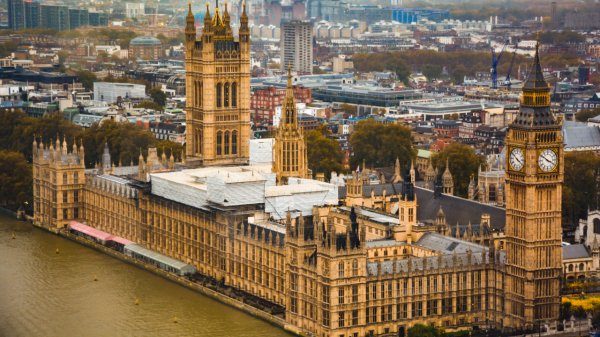
|
Uni-Fuels seeks bunker traders for London operations
Nasdaq-listed marine fuel supplier recruiting for trading team to support global expansion efforts. |
|
|
|
||
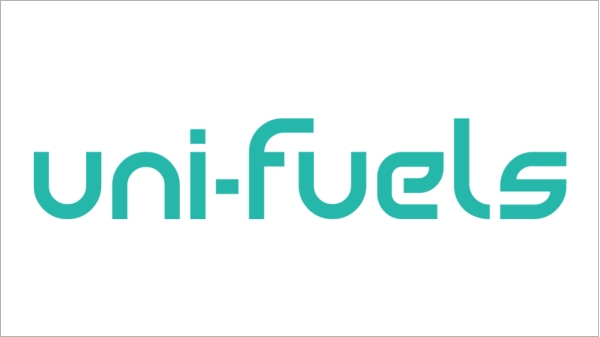
|
Uni-Fuels seeks bunker traders for Piraeus office
Nasdaq-listed marine fuel provider advertises positions as part of expansion in Greek market. |
|
|
|
||
| Swedish government bans scrubber wastewater discharges [News & Insights] |